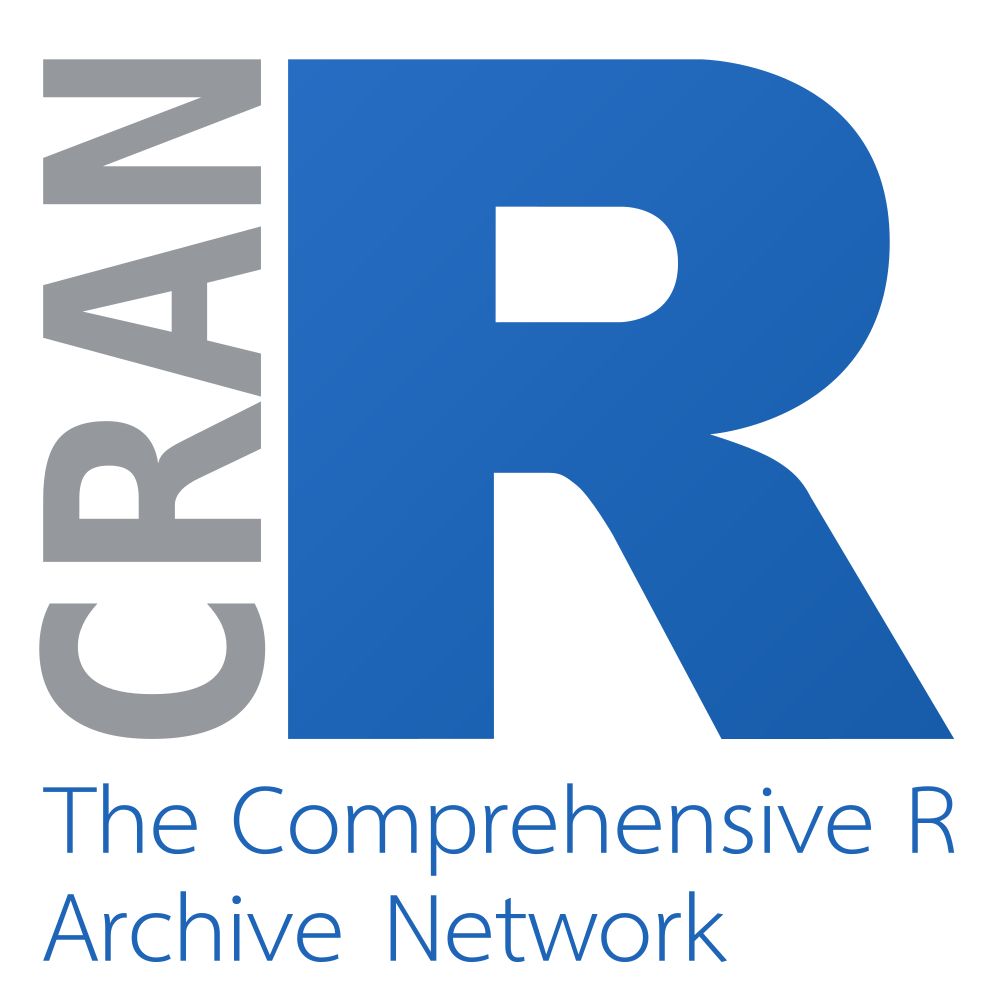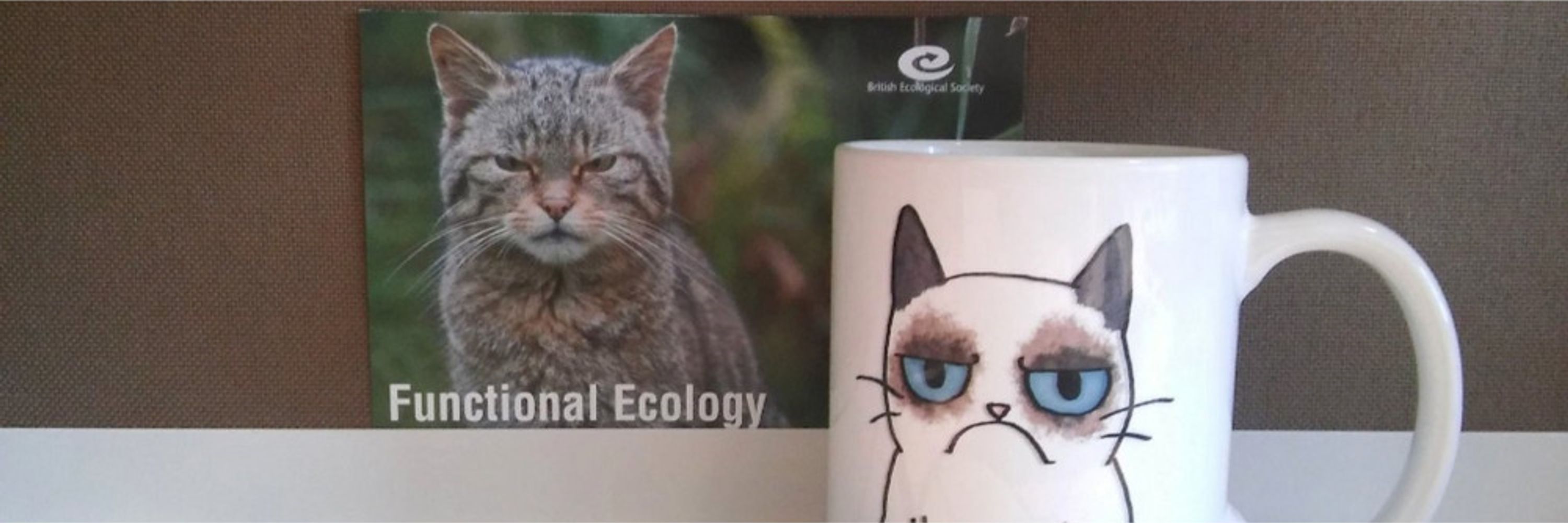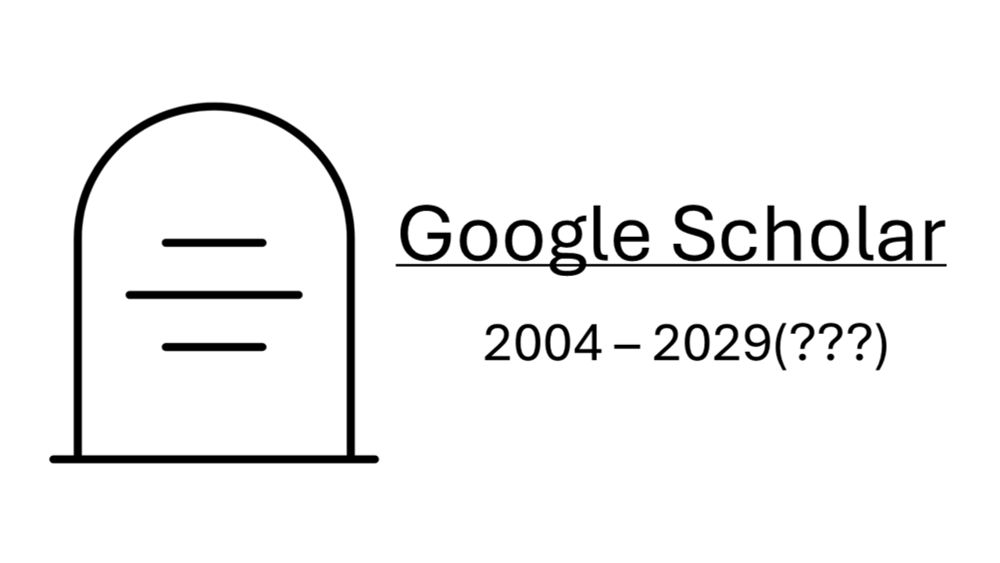Benjamin Rosenbaum
@benrosenbaum.bsky.social
1.2K followers
490 following
89 posts
Quantitative ecology | Statistics | Species interactions | Population dynamics
iDiv.de Leipzig, Germany
Posts
Media
Videos
Starter Packs
Reposted by Benjamin Rosenbaum
MC Stan
@mc-stan.org
· 21d
Reposted by Benjamin Rosenbaum
BayesFlow
@bayesflow.org
· 23d
Reposted by Benjamin Rosenbaum
Reposted by Benjamin Rosenbaum
Reposted by Benjamin Rosenbaum
Reposted by Benjamin Rosenbaum
Reposted by Benjamin Rosenbaum
Reposted by Benjamin Rosenbaum
Reposted by Benjamin Rosenbaum
CRAN Updates
@cranupdates.bsky.social
· Jul 30

staninside: Facilitating the Use of 'Stan' Within Packages
Infrastructure and functions that can be used for integrating 'Stan' (Carpenter et al. (2017) <<a href="https://doi.org/10.18637%2Fjss.v076.i01" target="_top">doi:10.18637/jss.v076.i01</a>>) code into stand alone R packages which in turn use the 'CmdStan' engine which is often accessed through 'CmdStanR'. Details given in Stan Development Team (2025) <<a href="https://mc-stan.org/cmdstanr/" target="_top">https://mc-stan.org/cmdstanr/</a>>. Using 'CmdStanR' and pre-written 'Stan' code can make package installation easy. Using 'staninside' offers a way to cache user-compiled 'Stan' models in user-specified directories reducing the need to recompile the same model multiple times.
CRAN.R-project.org














